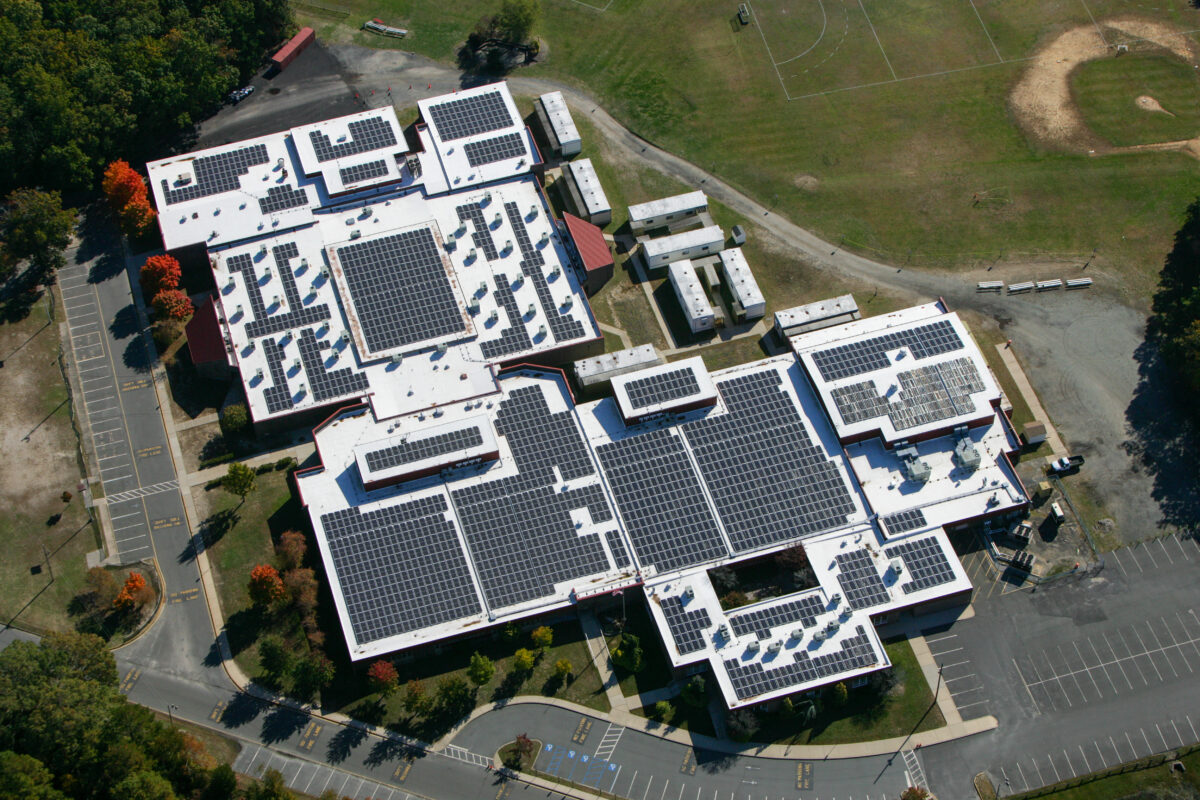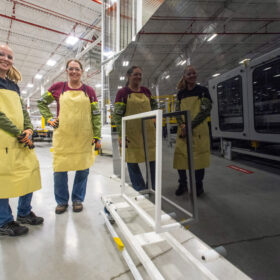For years, one of community solar’s biggest obstacles to getting off the ground has been securing financing. That constraint is starting to shift, with many developers arguing that the main pain points are more the likes of permitting, interconnection queues and customer acquisition.
“The barriers are consistent across the industry,” said Jorge Vargas, the co-founder and CEO of Aspen Power, adding that political uncertainty can be another block to overcome. He told pv magazine USA that while he believes none of the hurdles are “insurmountable, they do add friction.”
That tension is becoming increasingly visible as states try to scale up community solar rollout. Though it’s easier for community solar projects to find financing, they often get mired in red tape that slows down the process.
As a response, developers are increasingly front-loading project planning. Early engagement with property owners and utilities allows teams to align building design, permitting schedules and interconnection applications before construction even begins. In many cases, this early involvement can make the difference between a stalled project and one that comes online quickly. Aspen is already starting projects earlier in the pipeline to make sure that projects don’t end up permitted without interconnection or vice versa.
“The sooner we’re involved,” Vargas explained, “the easier it is to structure a rooftop for solar.”
“That early collaboration often makes the difference between a good project and a great one,” he added.
Customer acquisition can also be difficult. Vargas said that while policy frameworks such as New York’s Value of Distributed Energy Resources (VDER) have made projects more financeable, actually enrolling subscribers is a whole different ballgame.
Community solar relies on subscribers who cannot or will not host panels themselves; they may be low- or middle-income or reside in multi-family housing. Reaching them requires specialized outreach and enrollment systems that developers may not have the time or expertise to build.
Third-party subscription managers can help community solar developers comply with state rules, gather new customers and help deliver the benefits they promise.
“They ensure discounts are delivered consistently and that requirements like serving a share of low- and moderate-income subscribers are properly met,” Vargas said. “That way, the community impact we promise is the impact that’s delivered.”
Still, while investing heavily in pre-development and engaging regulators or utilities early on can help, neither approach can fix everything.
Early-stage investments are becoming increasingly non-negotiable. In states like New York and New Jersey that have complex permitting processes, Vargas explained that developers are devoting more time and capital to pre-development than to financing itself.
In his eyes, this more collaborative approach that brings together developers, utilities, subscription partners and regulators could define the next era of community solar growth.
This content is protected by copyright and may not be reused. If you want to cooperate with us and would like to reuse some of our content, please contact: editors@pv-magazine.com.









By submitting this form you agree to pv magazine using your data for the purposes of publishing your comment.
Your personal data will only be disclosed or otherwise transmitted to third parties for the purposes of spam filtering or if this is necessary for technical maintenance of the website. Any other transfer to third parties will not take place unless this is justified on the basis of applicable data protection regulations or if pv magazine is legally obliged to do so.
You may revoke this consent at any time with effect for the future, in which case your personal data will be deleted immediately. Otherwise, your data will be deleted if pv magazine has processed your request or the purpose of data storage is fulfilled.
Further information on data privacy can be found in our Data Protection Policy.